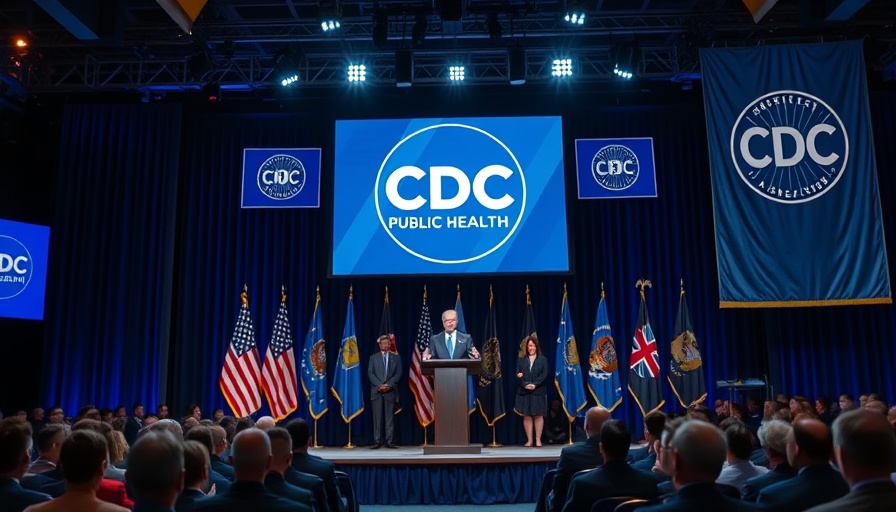
The Urgent Fight Against Antimicrobial Resistance: Insights from the 2024 UNGA HLM
Welcome to a pivotal moment in global health as we explore the dire implications of antimicrobial resistance (AMR) following the 2024 United Nations General Assembly High-Level Meeting's political declaration. This article delves into crucial commitments made by world leaders and actions taken by various stakeholders to combat AMR, highlighting the collaborative spirit essential for this fight.
In 'Achieving Targets from the 2024 UNGA HLM on AMR Political Declaration', the discussion dives into global efforts against antimicrobial resistance, exploring key insights that sparked deeper analysis on our end.
Understanding the AMR Challenge
The World Health Organization has identified AMR as one of the top ten global public health threats facing humanity. With nearly 180 countries developing national action plans to combat AMR, there is a significant gap in financing and capacity building. Surprisingly, while these plans exist, only a quarter are fully financed. This troubling statistic underscores the complexity of challenges associated with AMR, where billions have been invested in new drugs, yet many nations struggle with fundamental health infrastructure, such as basic microbiology testing.
Global Political Commitment: A Beacon of Hope
During the September 2024 High-Level Meeting, optimism reigned as political commitments were renewed. The landmark political declaration established ambitious targets: a collective aim to reduce deaths from AMR by 10% by 2030, augmenting health systems in over 90% of countries and improving standards for infection prevention and control. The focus was on leveraging existing tools to implement effective AMR strategies without waiting for groundbreaking new drugs.
Personal Narratives: The Human Cost of AMR
A moving testament of AMR’s impact came from patient advocate Rob Purdie, who recounted his seven-year battle with Valley Fever, a fungal infection. His story highlights the unpaid costs—lost time and emotional burdens—faced by individuals combating drug-resistant infections. By sharing such narratives, we gain insights into the urgent need for not only stronger health policies but also heightened awareness and education around AMR to include patients’ experiences.
Strategies for Global Collaboration
In response to the HLM, participants called for heightened collaboration across sectors—government, non-governmental organizations, civil society, and the private sector. The discussion underscored that success requires shared responsibility and innovation, especially in resource-scarce settings. From enhancing vaccination coverage to establishing comprehensive infection control programs, the key lies in fostering partnerships that drive effective action in line with political commitments.
Future Trends: A Path Forward
As global health leaders move forward from the UNGA HLM, the integration of AMR initiatives into broader health strategies is critical. The establishment of the AMR Learning Hub, as proposed by the Saudi Arabian Public Health Authority, aims to enhance knowledge-sharing and implement proven training models, ensuring sustainability in combating AMR.
Conclusion: Join the Fight Against AMR
The fight against AMR is a shared commitment requiring collaborative action and informed public engagement. Health care professionals play a crucial role as advocates for change—each conversation about the risks of antimicrobial misuse can contribute to changing public attitudes and behaviors. As we embark on this journey, let’s amplify our collective efforts to raise awareness and mobilize resources to combat AMR effectively. Together, we can ensure that the foundation of modern medicine remains intact, preventing the potential loss of life and maintaining global health security.
 Add Row
Add Row  Add
Add 




Write A Comment